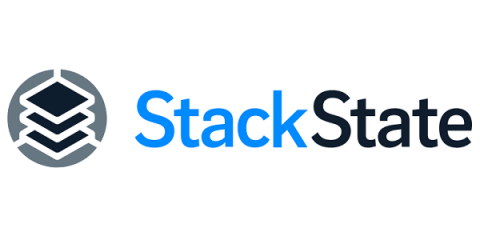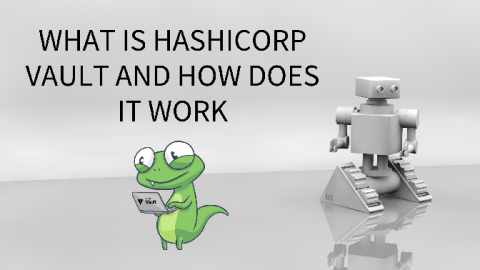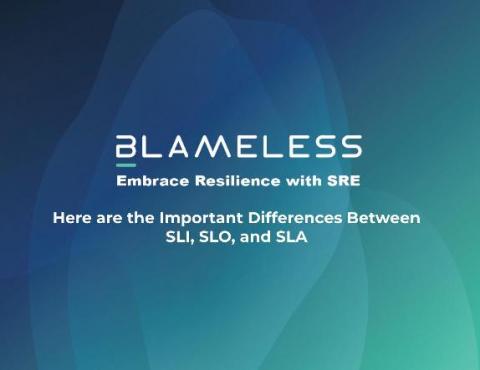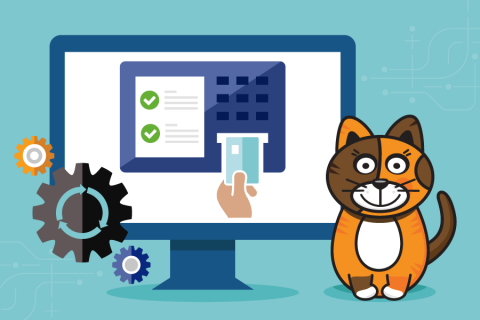Designing a flexible non-SQl query language without reinventing the wheel
There are tons of query languages. Yet, another query language was invented: the StackState Query Language, or STQL for short. Perhaps this raises some questions. Such as: Why did we not choose to implement SQL? Did we reinvent the wheel? How did we balance the complexity of the language against the time to implement the language? What's the learning curve of this new language? Let me share with you our novel approach.











